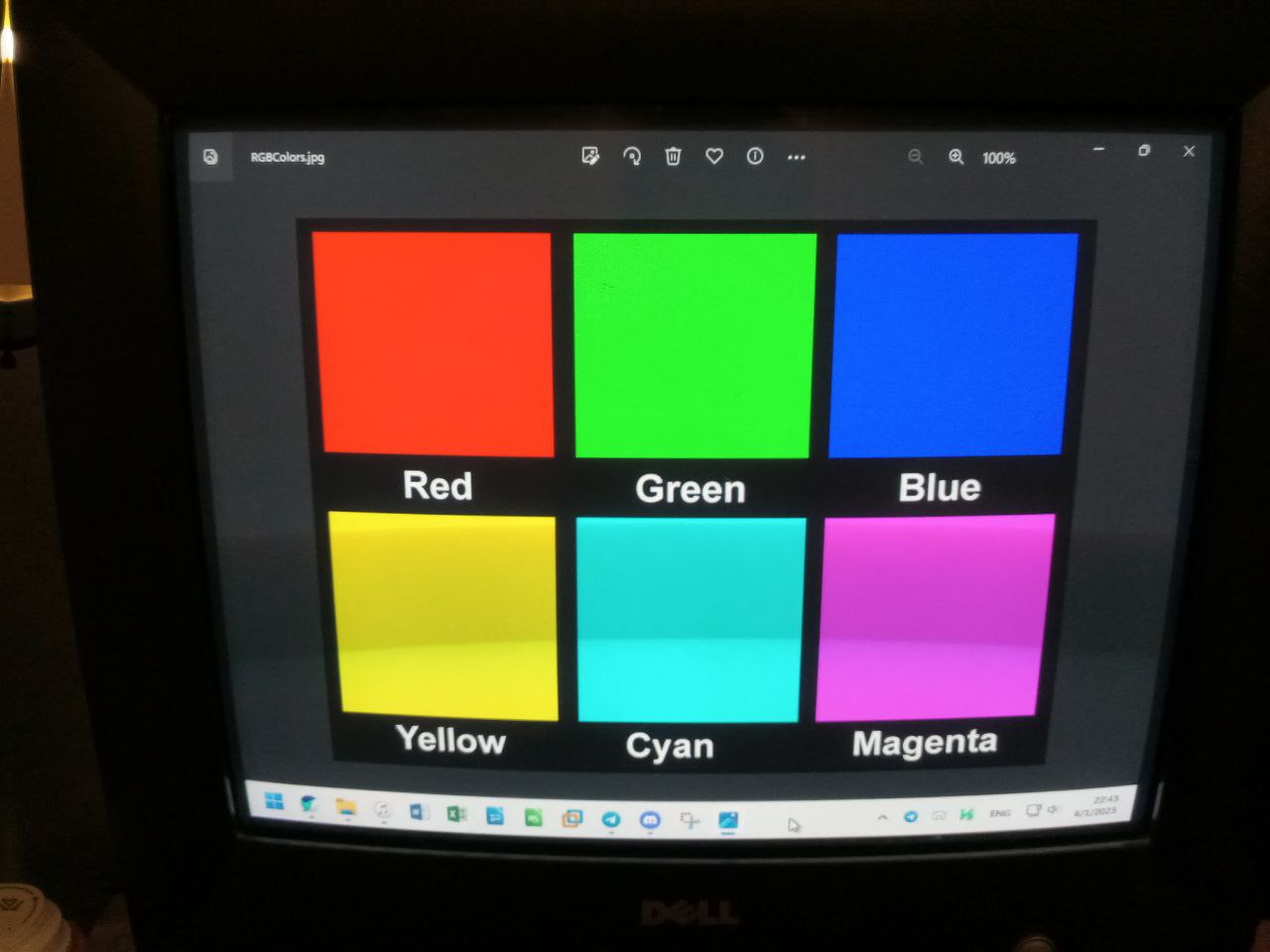To put it plainly: monitors (on the lower-end) suck. Until last night, I was using an Acer SB220Q as my primary monitor-- while the SB220Q was basic and low end (priced at around $90 when I bought it, if I recall correct), it still has managed to disappoint me in terms of reliability.
At least from the perspective of reliability, the SB220Q ended up proving to be horrible: it developed an issue where it would randomly turn off, especially when attempting to switch from HDMI to VGA (or vice-versa) or when attempting to adjust the brightness. At first, I was able to live with that, since I only had to switch inputs about once daily, however, the issue soon grew to randomly turning off while in use; this issue could likely be attributed to its external power supply, however, given that it is a low-end LCD monitor, I decided to cut my losses when the power cuts became once every ~15 minutes; now, enter the secondary issue: I am not a rich individual, much less able to spend $90+ on a whim to replace a busted monitor.
Of course, being unable and unwilling to spend money on a whim, I asked one of my friends if he had a spare monitor I could borrow for the interrim, and he lent me a Dell E773c, a basic CRT from ~2002-04. At the surface level, a low-resolution CRT seems non-ideal to use, however, I'd argue that for certain tasks, a low-resolution monitor is functional.
Continues below image.

The Dell E773c's highest native resolution is 1024*768, and is capable of a 75 Hz refresh rate; although, I can't tell the difference between 60 and higher refresh-rates on any monitor.


The E773c, however, is an excellent monitor once you get past the resolution-- I've found the text almost easier to read, and the color accuracy has been superior to just about any LCD I've seen. However, the picture quality below will only be as good as my camera and your display is.

Copyright 2023, Econobox_ (d.b.a konat.neocities.org)